Содержание
- 3. Airlines and automobile producers are facing tough times: Prices are being slashed to drive sales and
- 4. What Is Perfect Competition? Perfect competition is an industry in which Many firms sell identical products
- 5. How Perfect Competition Arises Perfect competition arises: When firm’s minimum efficient scale is small relative to
- 6. Price Takers In perfect competition, each firm is a price taker. A price taker is a
- 7. Economic Profit and Revenue The goal of each firm is to maximize economic profit, which equals
- 8. Figure 12.1 illustrates a firm’s revenue concepts. Part (a) shows that market demand and market supply
- 10. Figure 12.1(b) shows the firm’s total revenue curve (TR)—the relationship between total revenue and quantity sold.
- 12. Figure 12.1(c) shows the marginal revenue curve (MR). The firm can sell any quantity it chooses
- 14. The demand for a firm’s product is perfectly elastic because one firm’s sweater is a perfect
- 15. A perfectly competitive firm’s goal is to make maximum economic profit, given the constraints it faces.
- 16. Profit-Maximizing Output A perfectly competitive firm chooses the output that maximizes its economic profit. One way
- 17. Part (a) shows the total revenue, TR, curve. Part (a) also shows the total cost curve,
- 19. At low output levels, the firm incurs an economic loss—it can’t cover its fixed costs. At
- 20. At high output levels, the firm again incurs an economic loss—now the firm faces steeply rising
- 21. Marginal Analysis and Supply Decision The firm can use marginal analysis to determine the profit-maximizing output.
- 22. If MR > MC, economic profit increases if output increases. If MR If MR = MC,
- 24. Temporary Shutdown Decision If the firm makes an economic loss it must decide to exit the
- 25. Loss Comparison The firm’s loss equals total fixed cost (TFC) plus total variable cost (TVC) minus
- 26. A firm’s shutdown point is the price and quantity at which it is indifferent between producing
- 27. Figure 12.4 shows the shutdown point. Minimum AVC is $17 a sweater. If the price is
- 29. If the price of a sweater is between $17 and $20.14, the firm produces the quantity
- 30. The Firm’s Supply Curve A perfectly competitive firm’s supply curve shows how the firm’s profit-maximizing output
- 31. Figure 12.5 shows how the firm’s supply curve is constructed. If price equals minimum AVC, $17
- 33. If the price is $25, the firm produces 9 sweaters a day, the quantity at which
- 34. Market Supply in the Short Run The short-run market supply curve shows the quantity supplied by
- 35. Figure 12.6 shows the supply curve for a market that has 1,000 firms like Campus Sweaters.
- 37. At a price equal to minimum AVC, the shutdown price, some firms will produce the shutdown
- 38. Short-Run Equilibrium Short-run market supply and market demand determine the market price and output. Figure 12.7
- 40. A Change in Demand An increase in demand bring a rightward shift of the market demand
- 42. Profits and Losses in the Short Run Maximum profit is not always a positive economic profit.
- 43. In part (a) price equals average total cost and the firm makes zero economic profit (breaks
- 45. In part (b), price exceeds average total cost and the firm makes a positive economic profit.
- 47. In part (c) price is less than average total cost and the firm incurs an economic
- 49. In short-run equilibrium, a firm may make an economic profit, break even, or incur an economic
- 50. Entry and Exit New firms enter an industry in which existing firms make an economic profit.
- 51. A Closer Look at Entry When the market price is $25 a sweater, firms in the
- 53. New firms have an incentive to enter the market. When they do, the market supply increases
- 54. Firms enter as long as firms are making economic profits. In the long run, the market
- 55. A Closer Look at Exit When the market price is $17 a sweater, firms in the
- 57. Firms have an incentive to exit the market. When they do, the market supply decreases and
- 58. Firms exit as long as firms are incurring economic losses. In the long run, the market
- 59. Changing Tastes and Advancing Technology A Permanent Change in Demand A decrease in demand shifts the
- 60. A decrease in demand shifts the market demand curve leftward. The market price falls, and each
- 62. The market price is now below each firm’s minimum average total cost, so firms incur economic
- 63. Economic losses induce some firms to exit in the long run, which decreases the market supply
- 64. As the price rises, the quantity produced by all firms continues to decrease as more firms
- 65. A new long-run equilibrium occurs when the price has risen to equal minimum average total cost.
- 66. The main difference between the initial and new long-run equilibrium is the number of firms in
- 67. A permanent increase in demand has the opposite effects to those just described and shown in
- 68. With a falling price, each firm decreases its output as it moves along its marginal cost
- 69. External Economics and Diseconomies The change in the long-run equilibrium price following a permanent change in
- 70. In the absence of external economies or external diseconomies, a firm’s costs remain constant as the
- 71. Figure 12.11(a) shows that in the absence of external economies or external diseconomies, an increase in
- 73. Figure 12.11(b) shows that when external diseconomies are present, an increase in demand brings a higher
- 75. Figure 12.11(c) shows that when external economies are present, an increase in demand brings a lower
- 77. Technological Change New technologies are constantly discovered that lower costs. A new technology enables firms to
- 78. New-technology firms enter and old-technology firms either exit or adopt the new technology. Industry supply increases
- 79. Competition and Efficiency Efficient Use of Resources Resources are used efficiently when no one can be
- 80. Choices, Equilibrium, and Efficiency We can describe an efficient use of resources in terms of the
- 81. A competitive firm’s supply curve shows how the profit-maximizing quantity changes as the price of a
- 82. Equilibrium and Efficiency In competitive equilibrium, resources are used efficiently—the quantity demanded equals the quantity supplied,
- 83. Figure 12.12 illustrates an efficient allocation of resources in a perfectly competitive market. At the market
- 85. Figure 12.12(b) shows the market. Along the market demand curve D = MSB, consumers are efficient.
- 88. Скачать презентацию



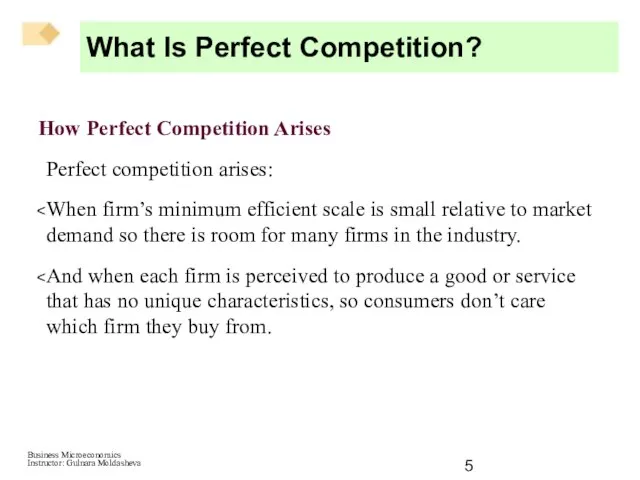
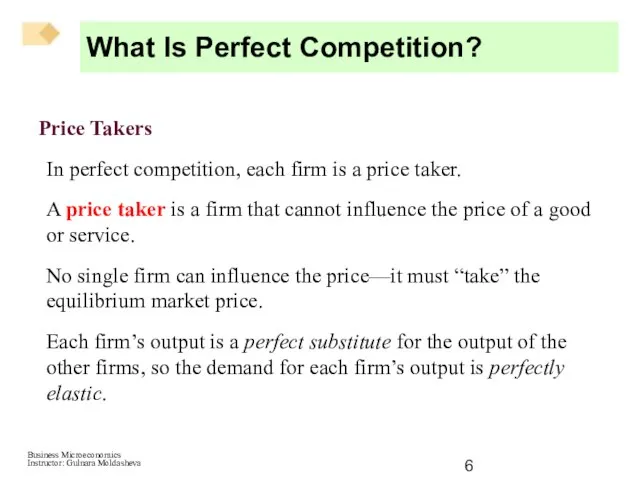
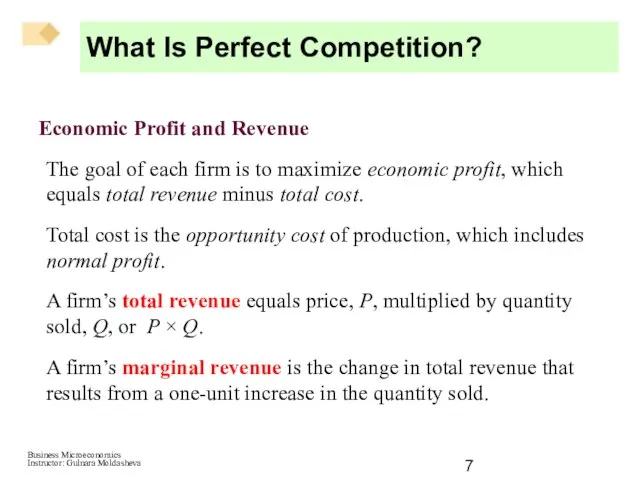
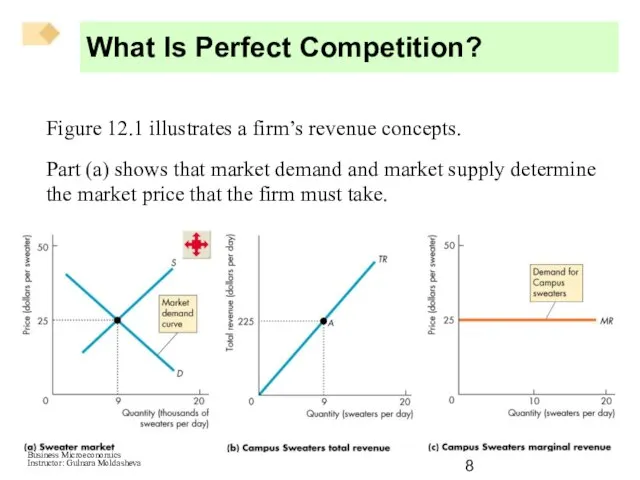
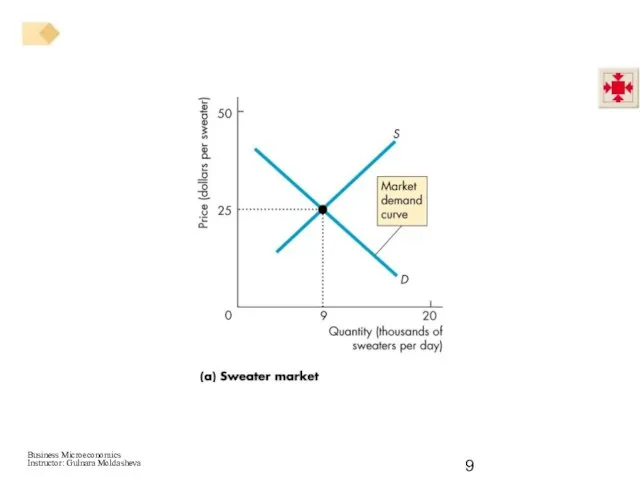
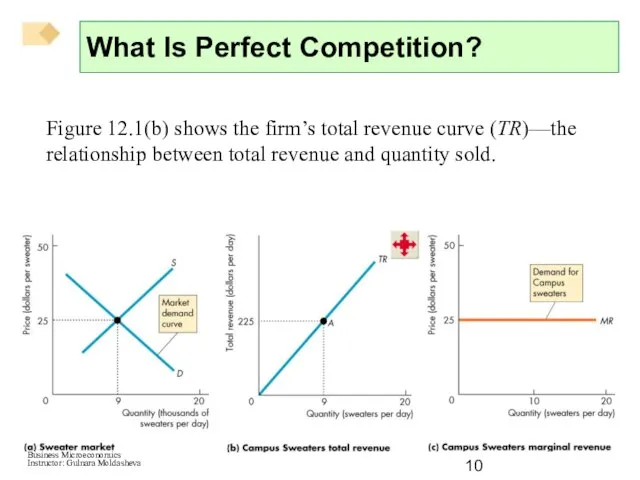
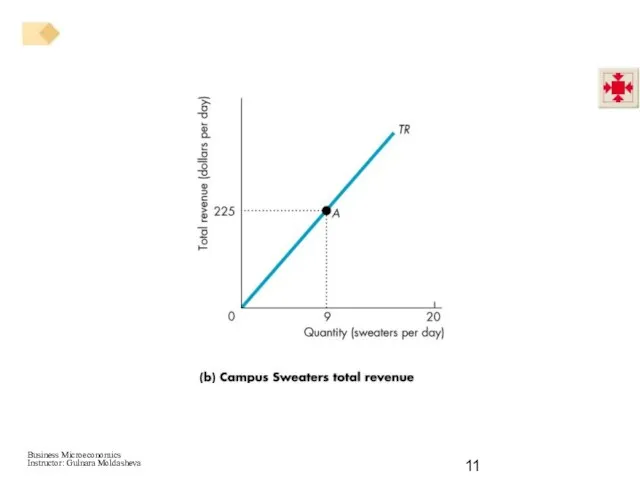
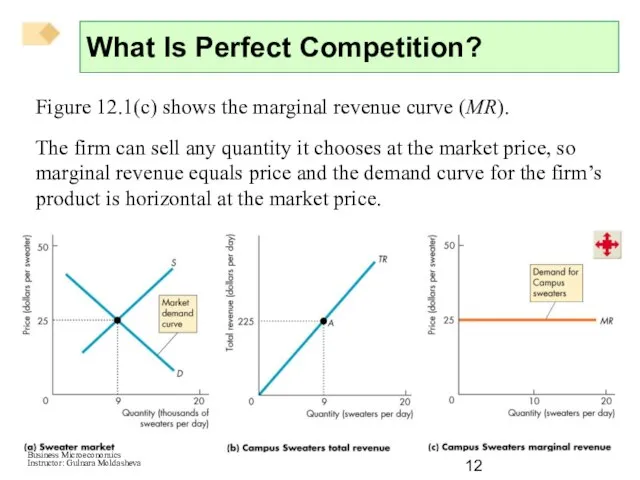
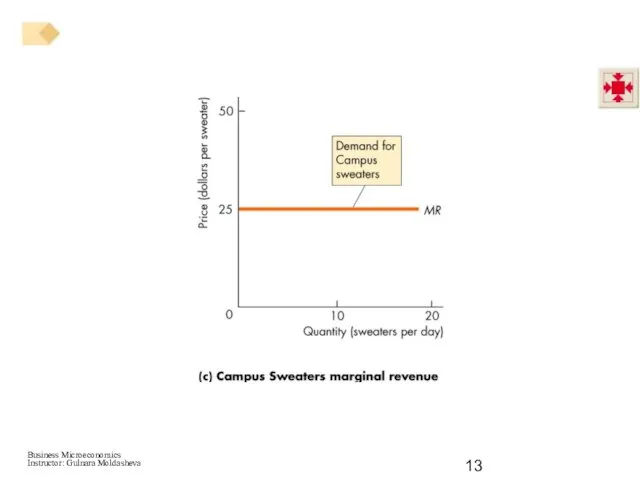
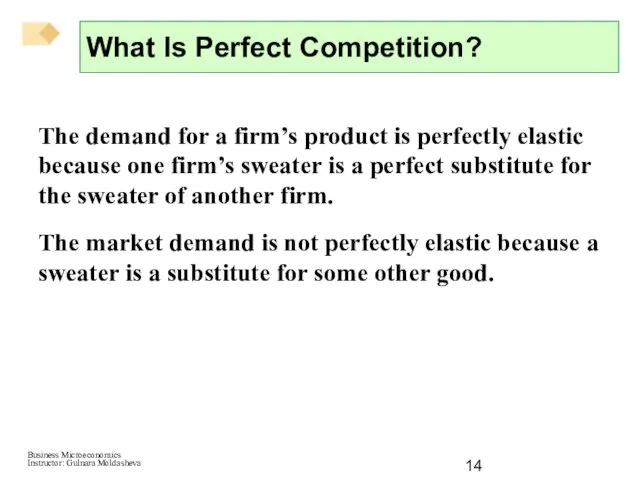
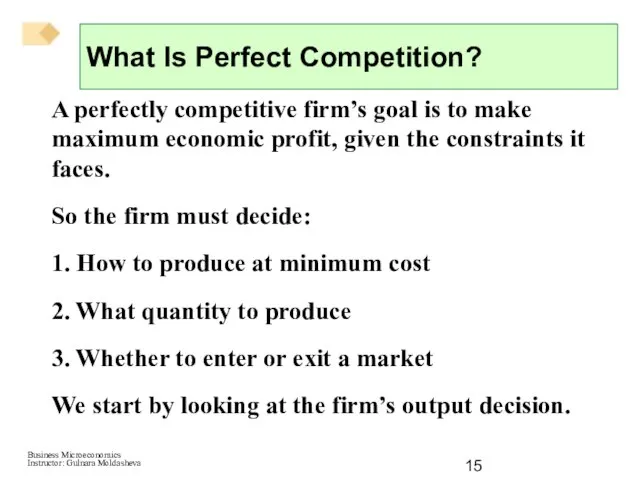
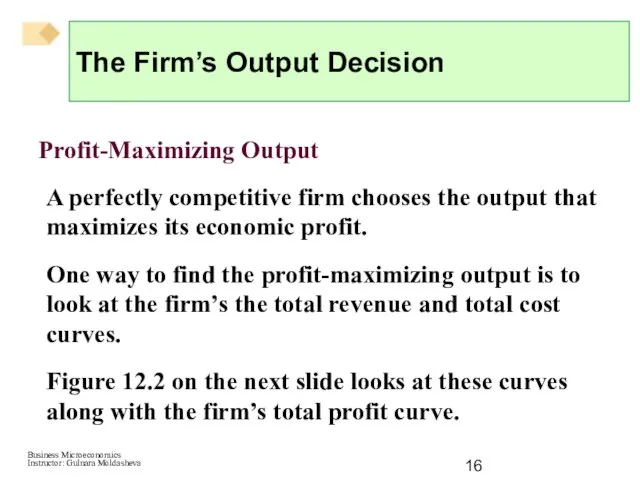
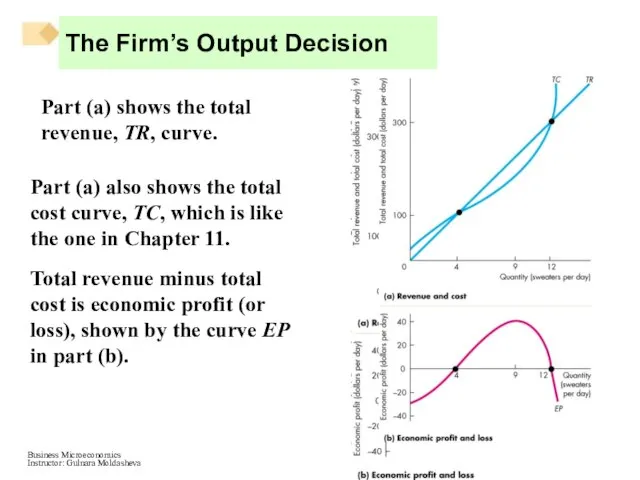
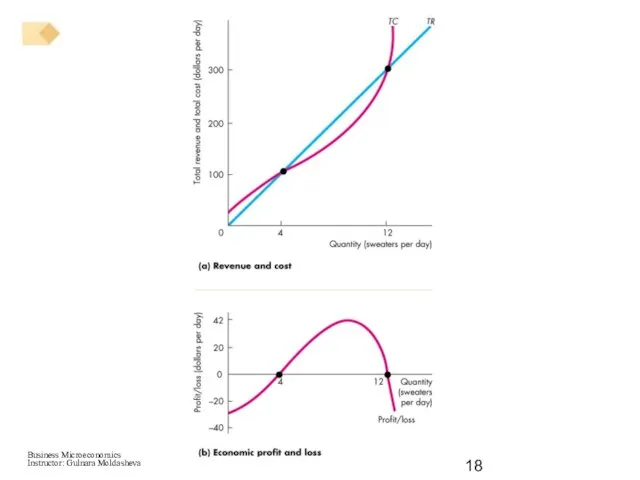
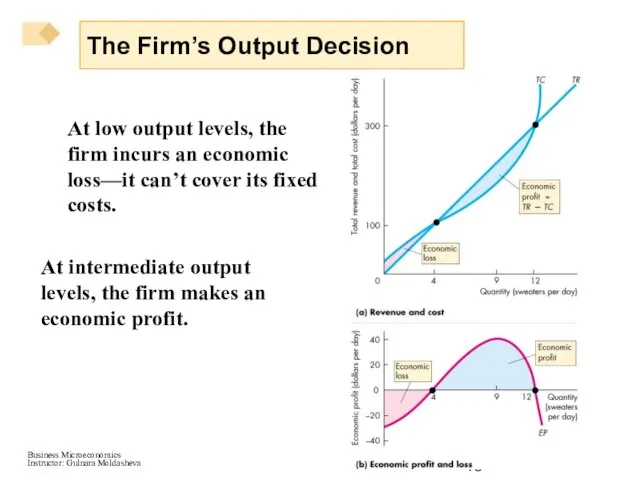
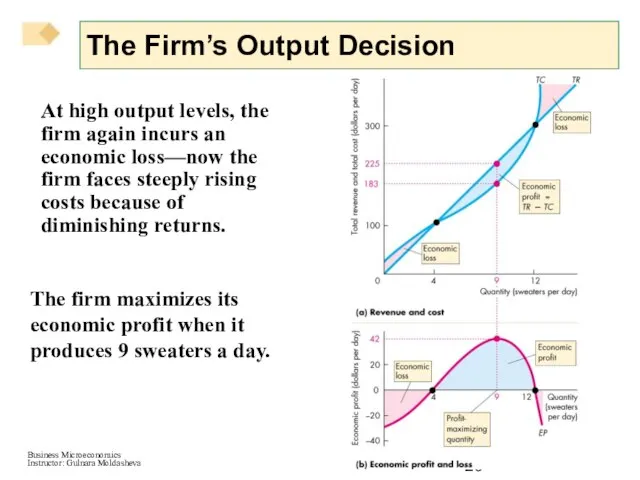
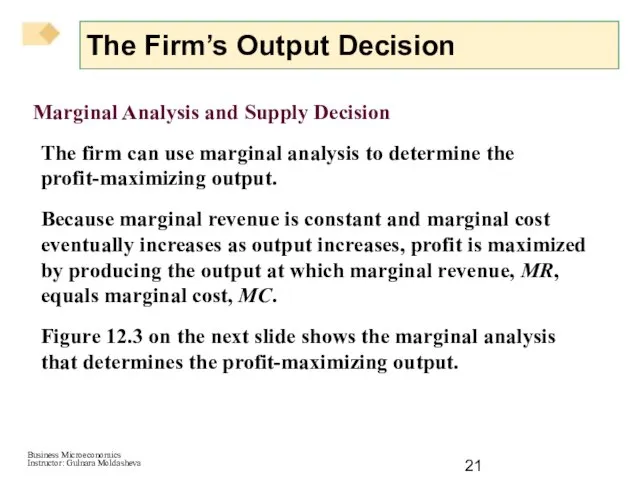
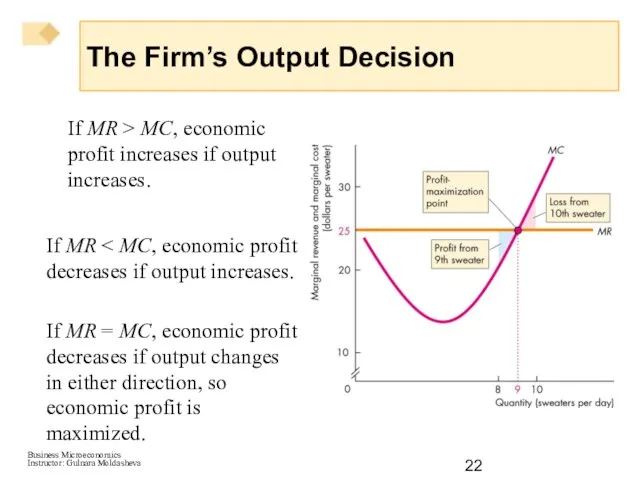
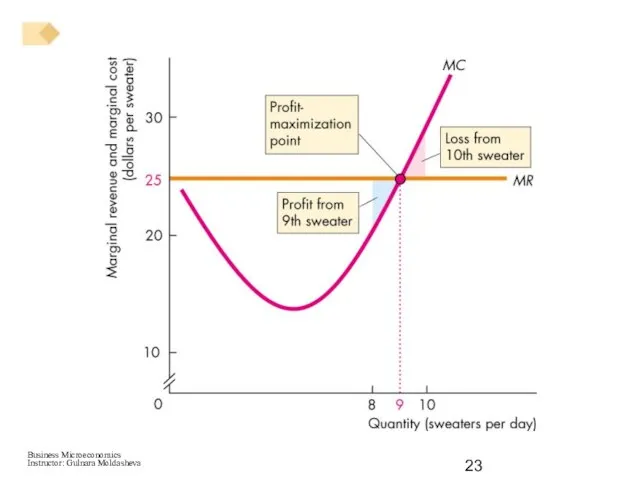
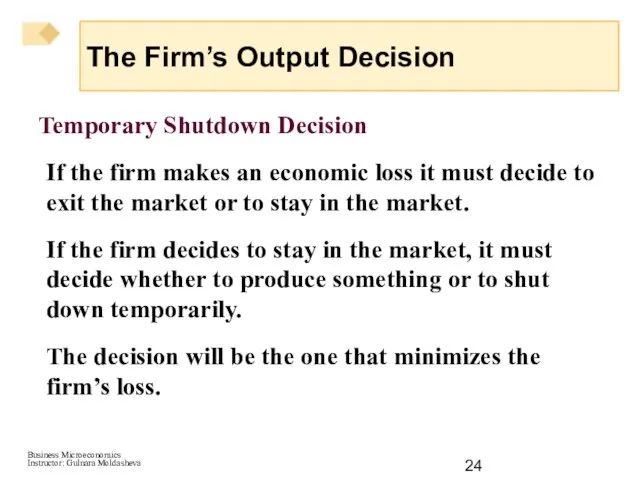
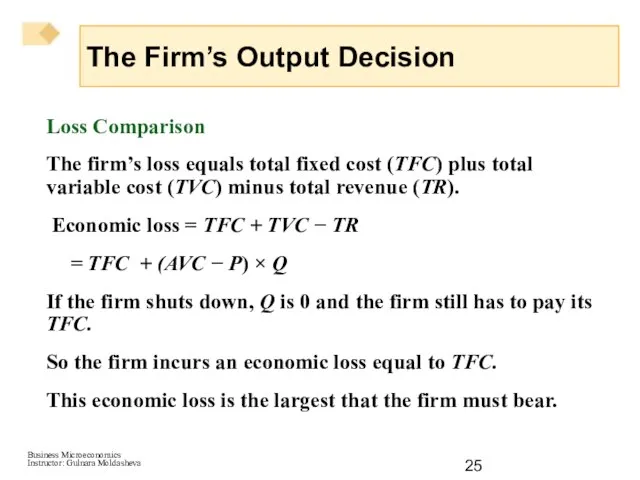
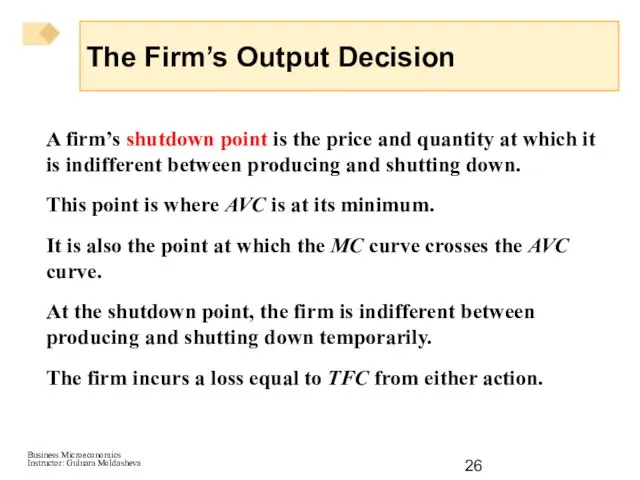
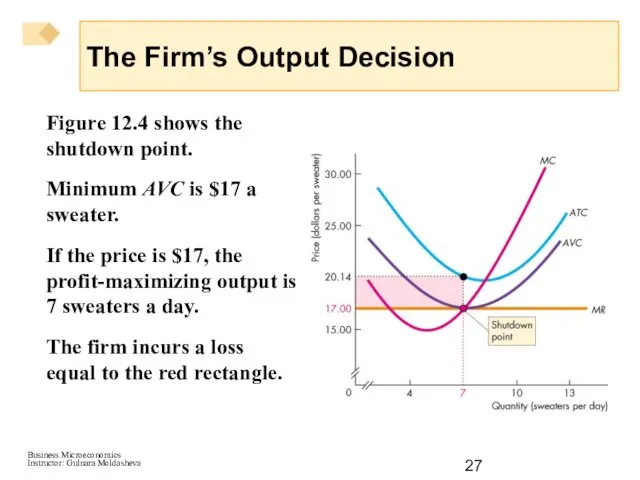
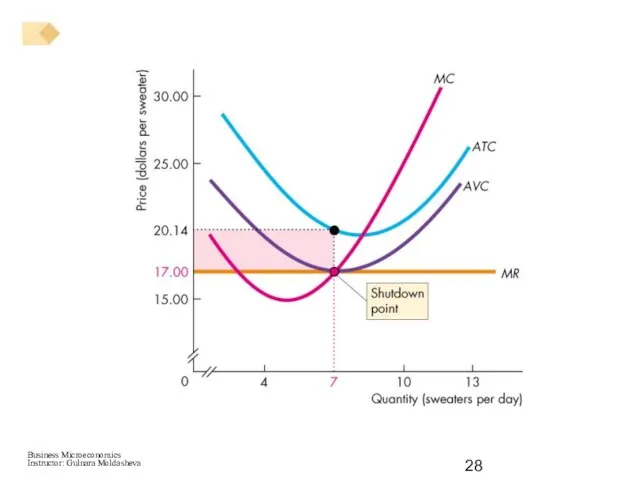
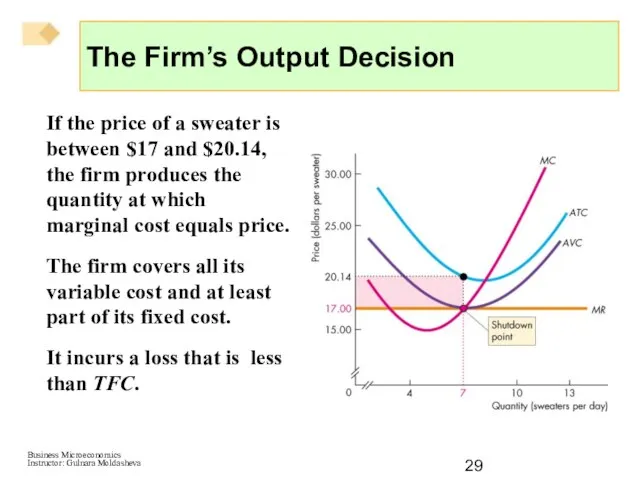
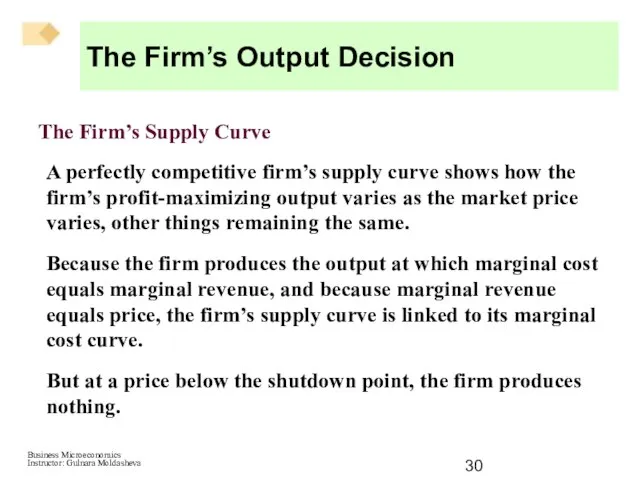
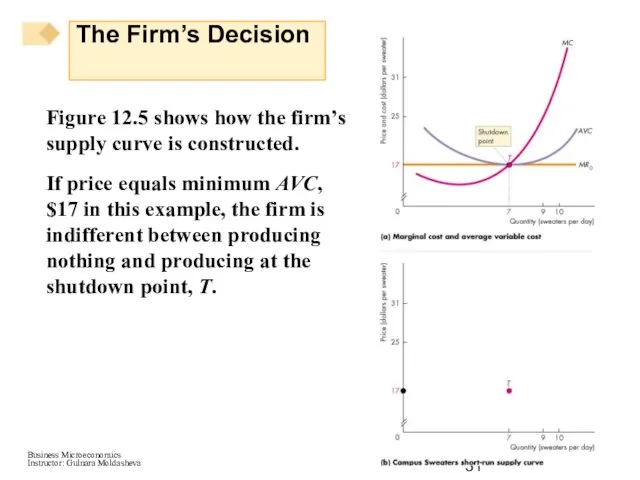
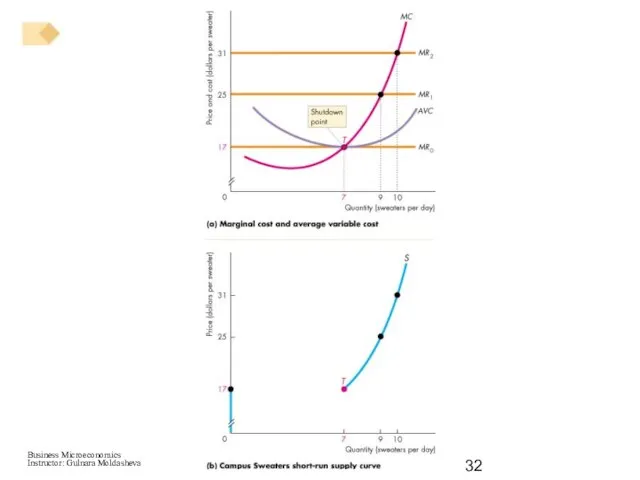
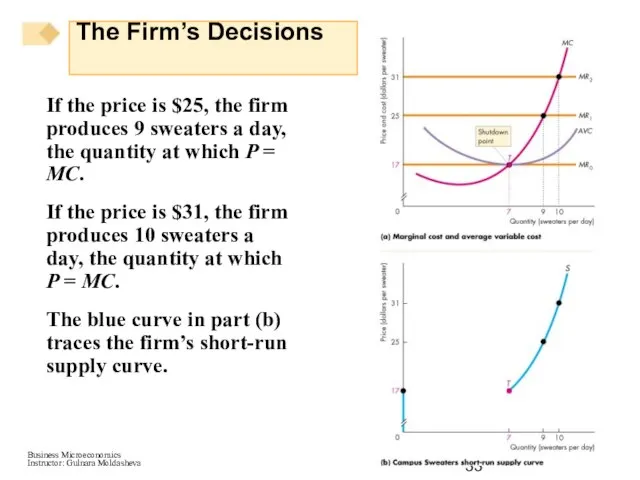
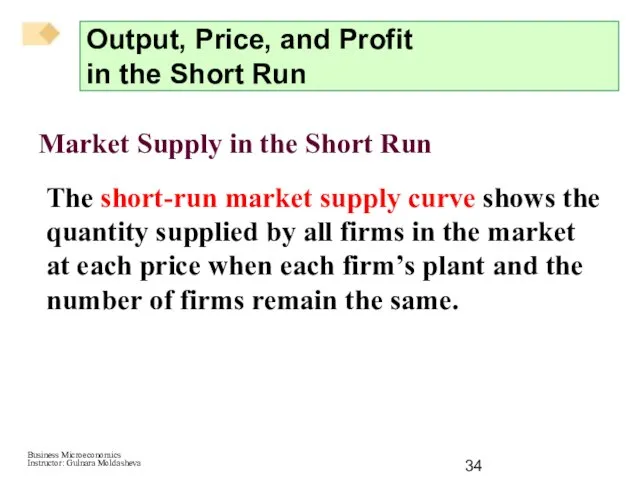
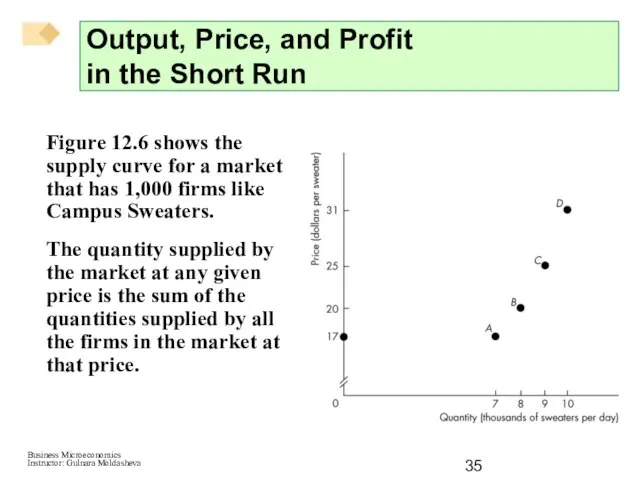
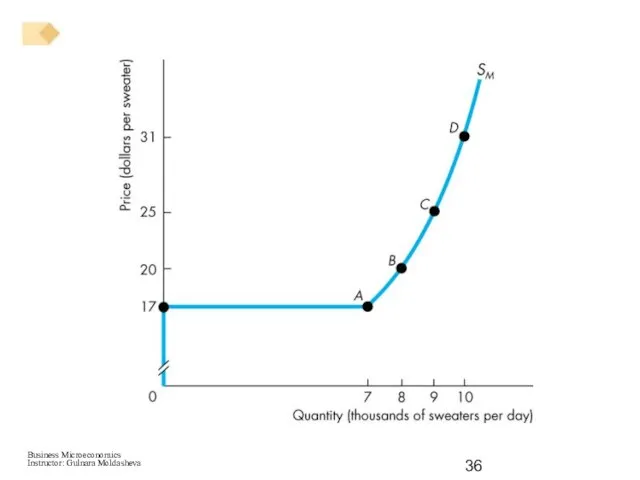
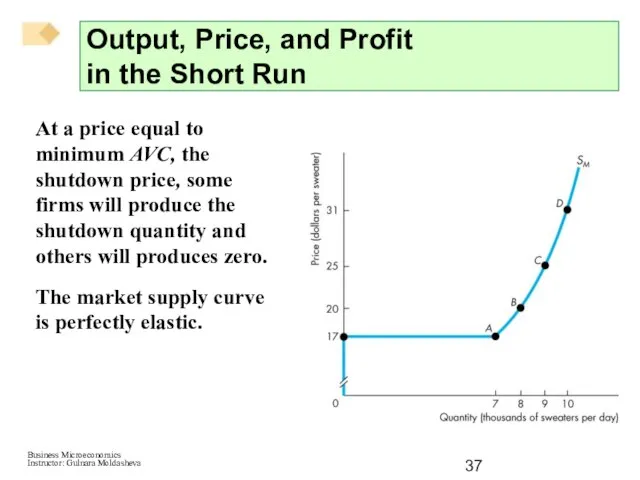
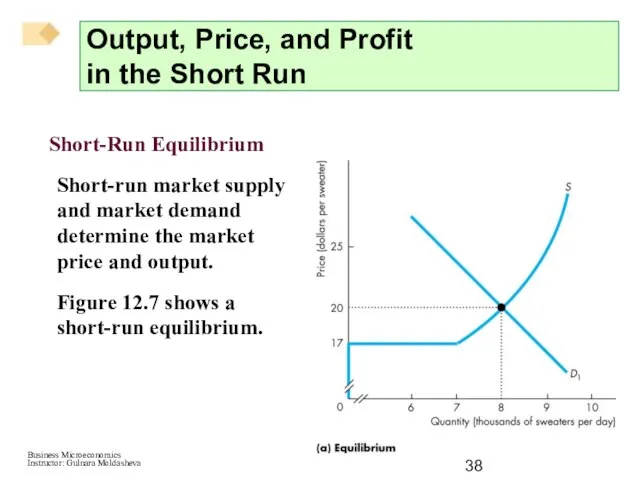
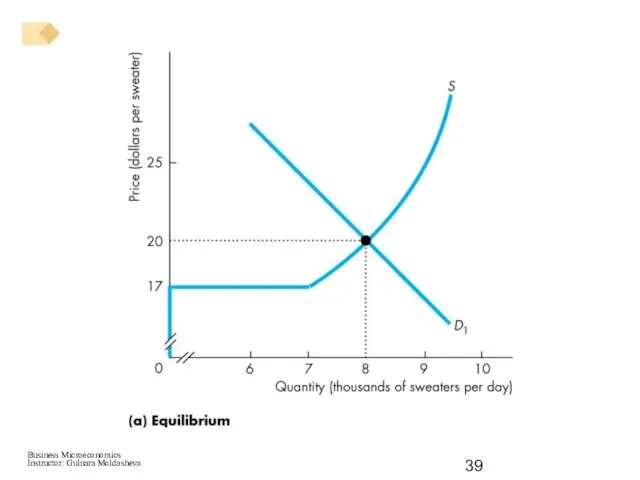
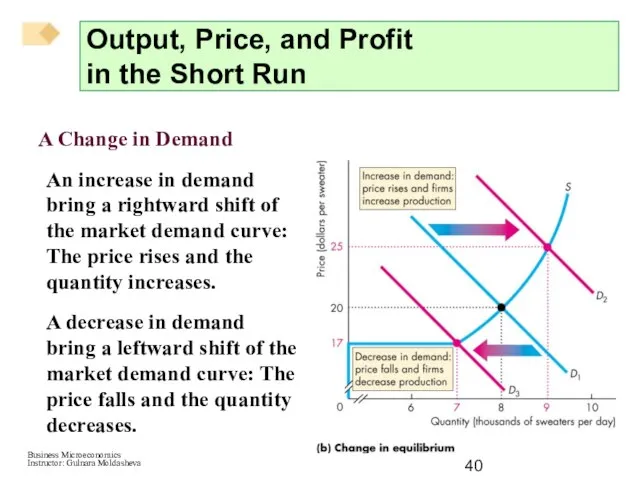
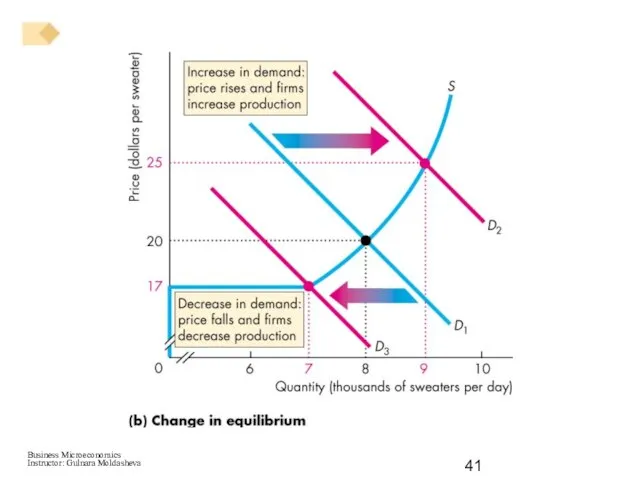
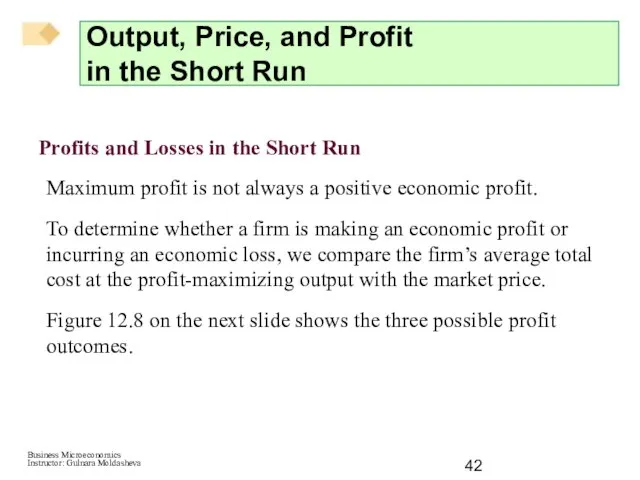
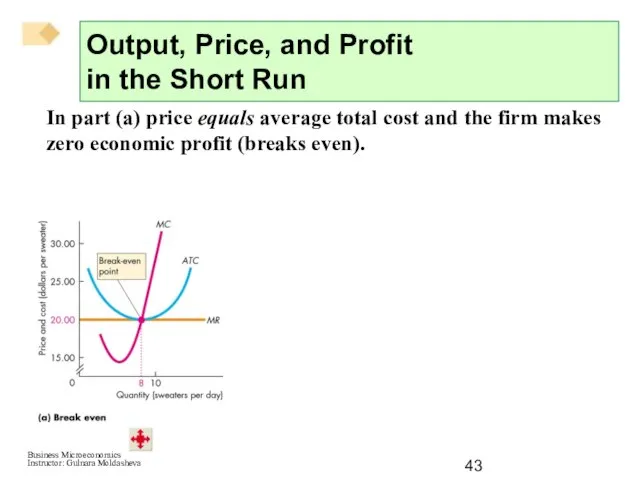
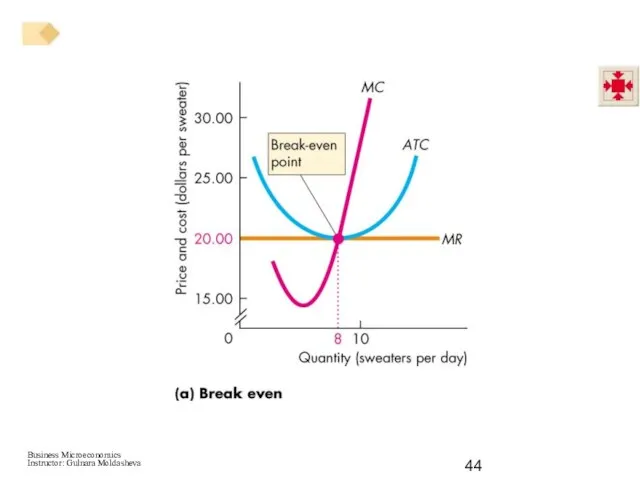
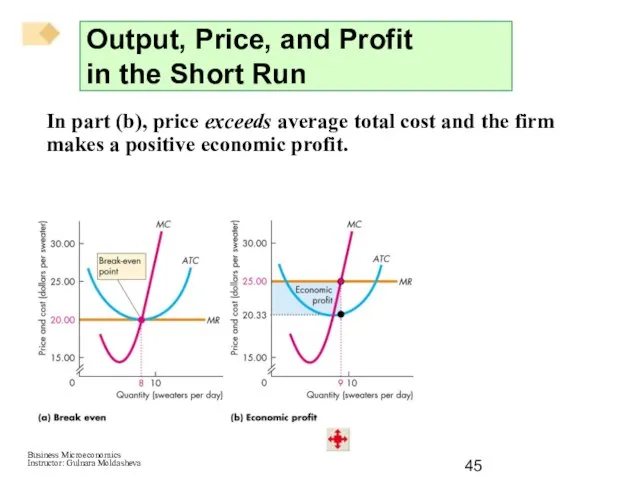
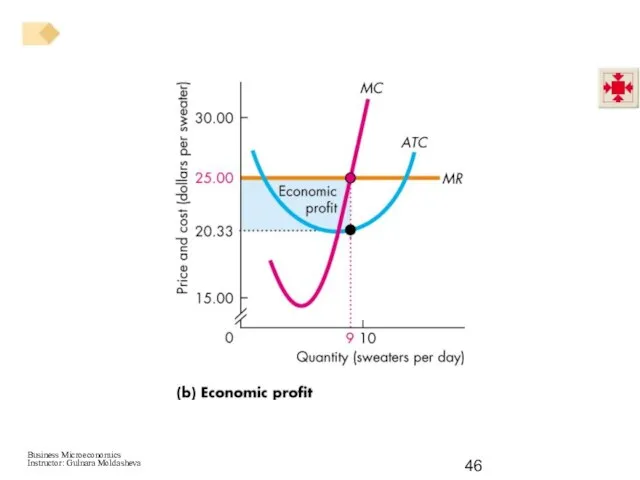
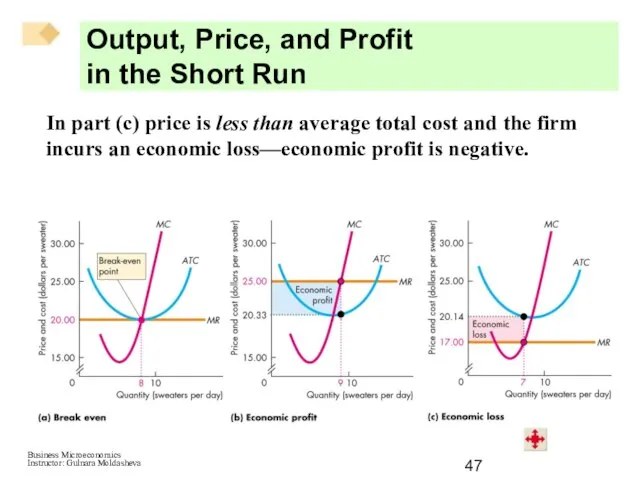
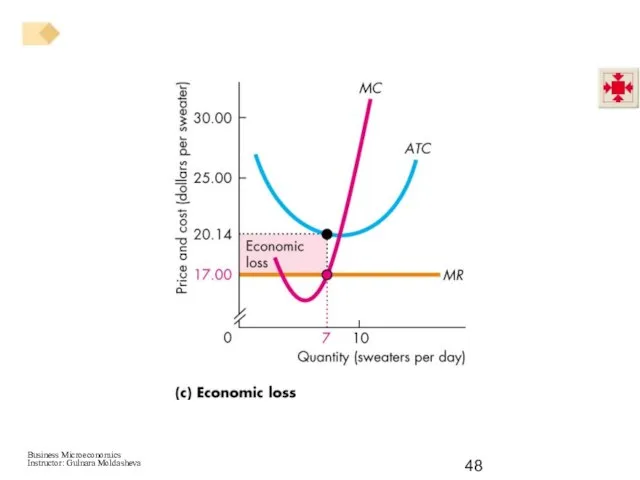
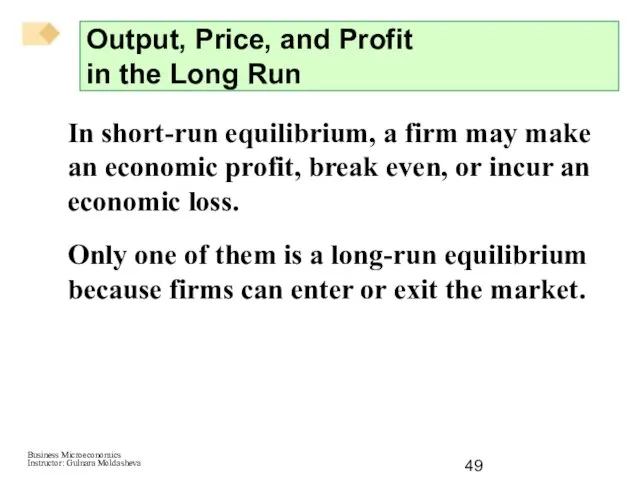
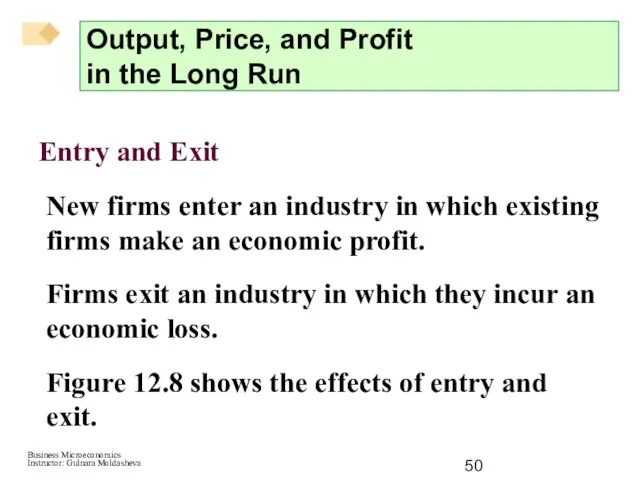
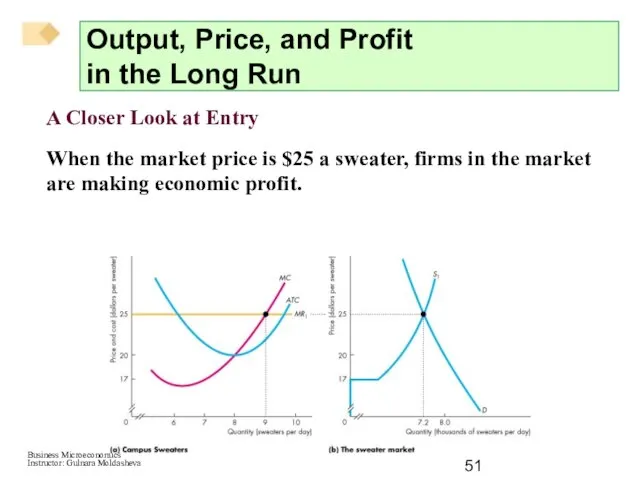
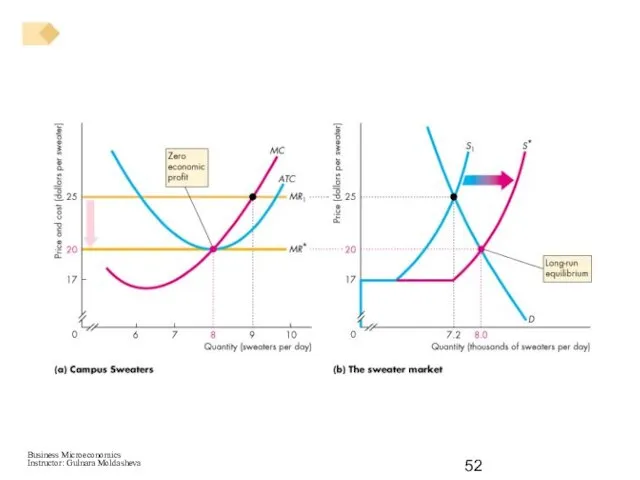
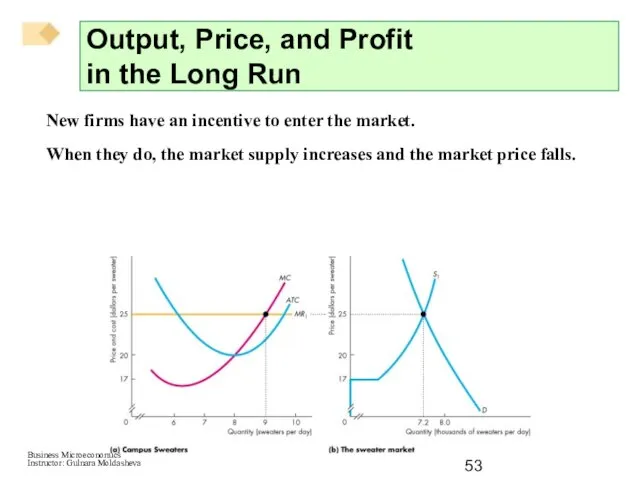
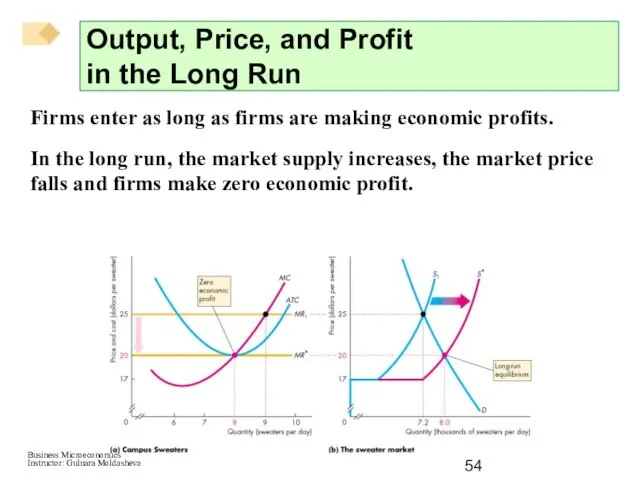
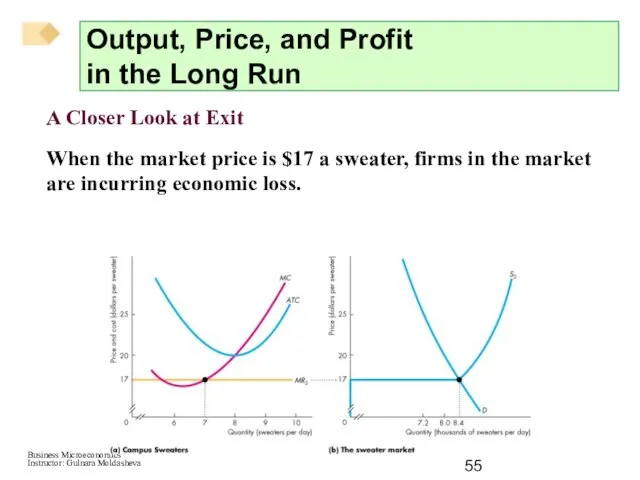
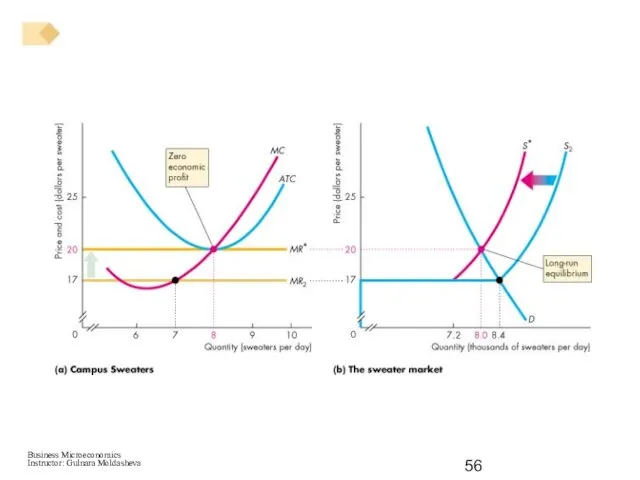
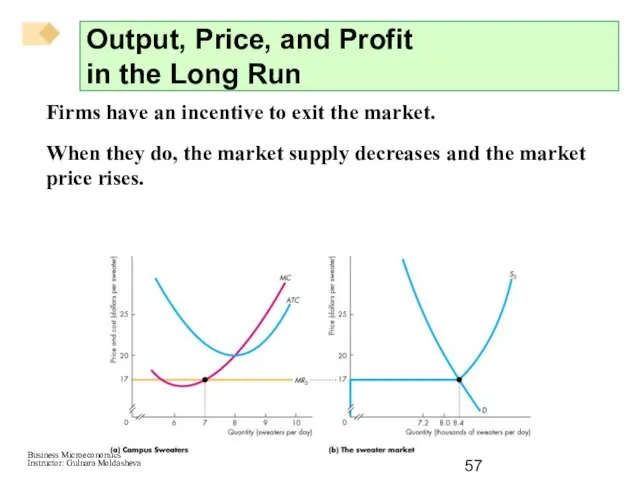
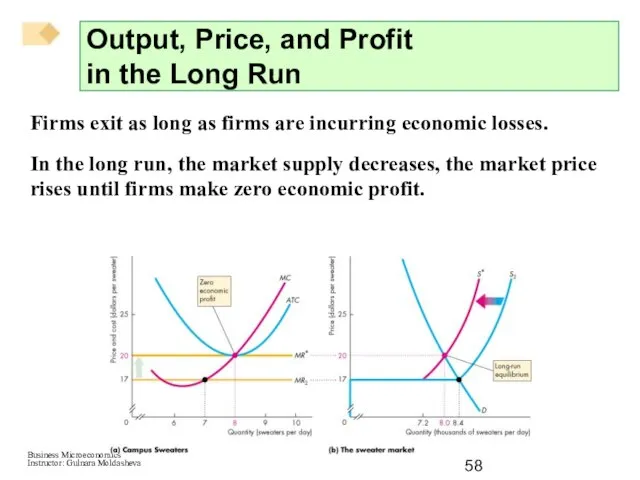
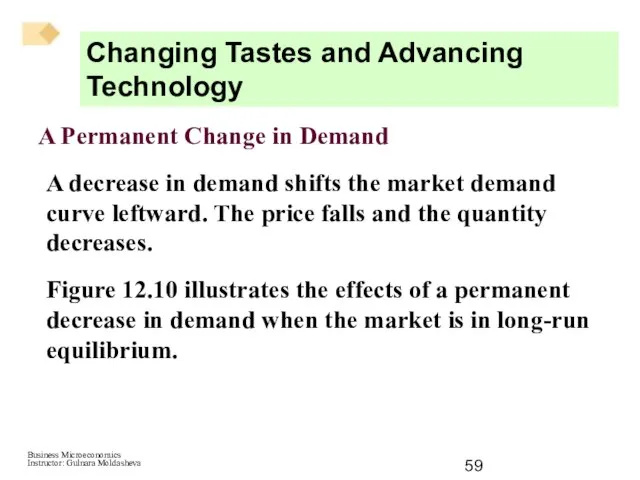
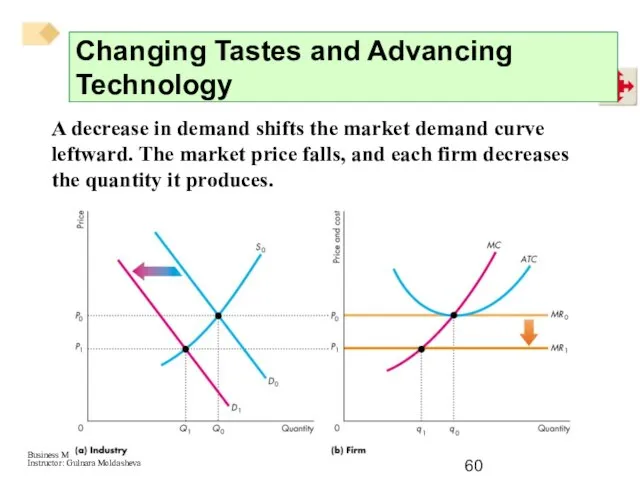
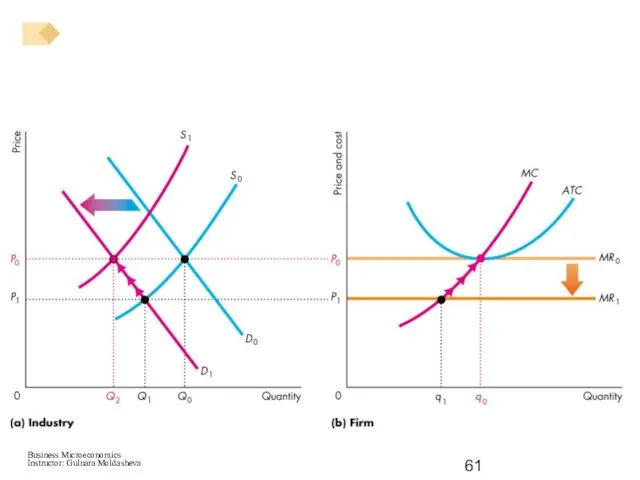
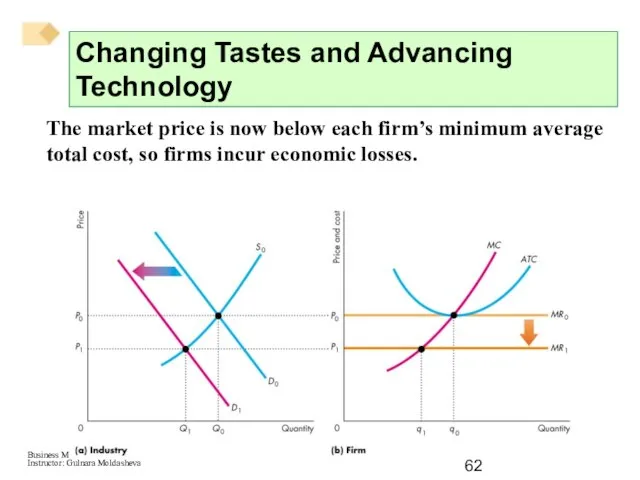
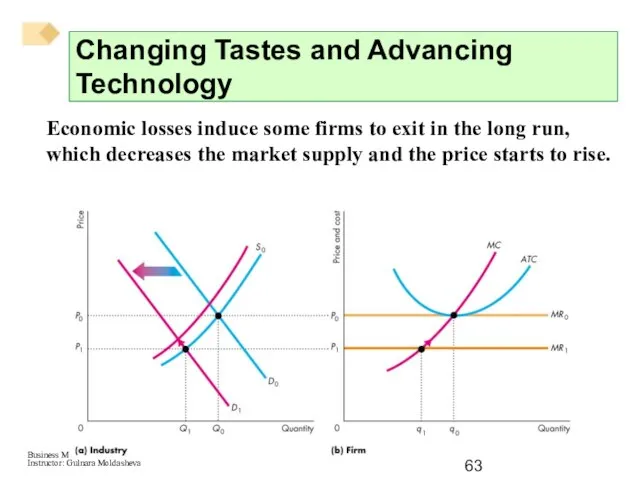
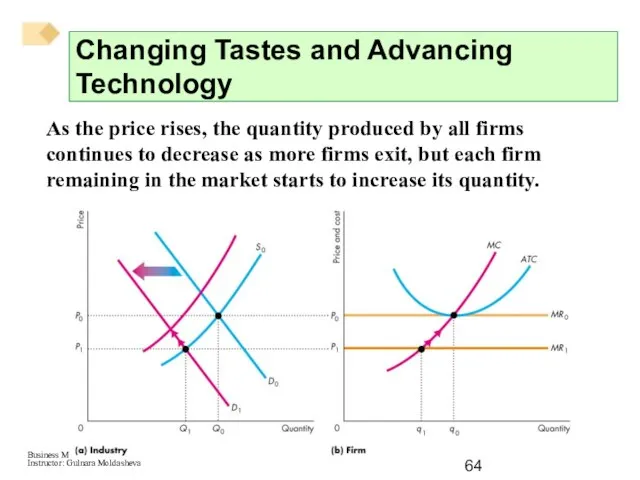
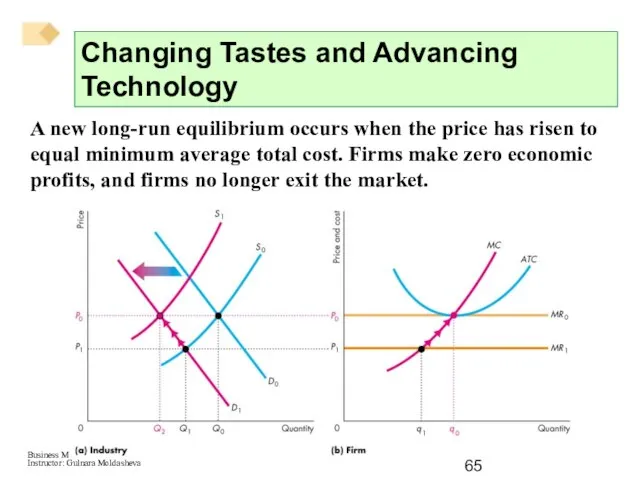
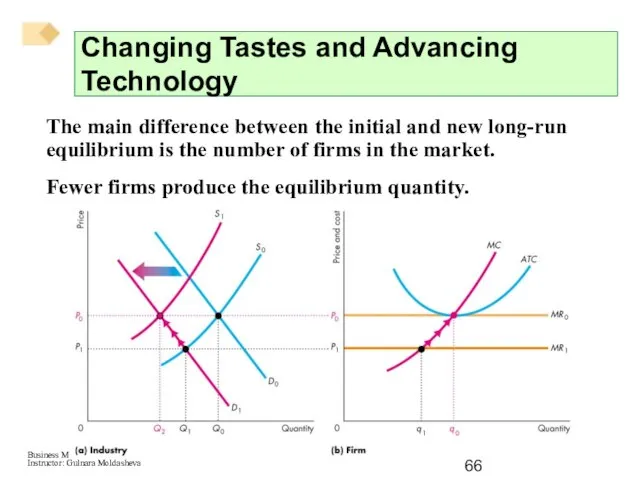
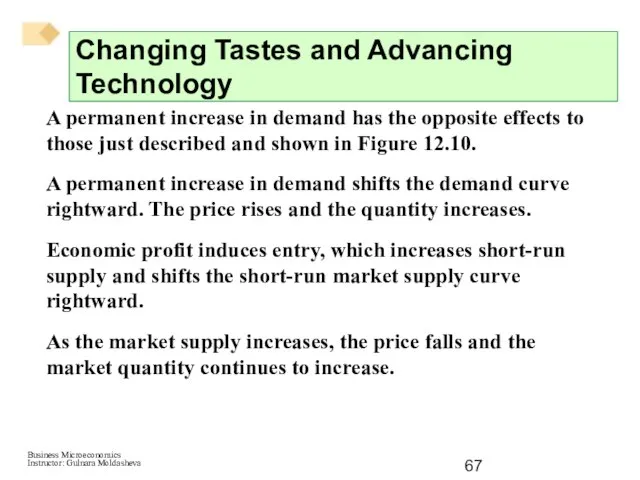
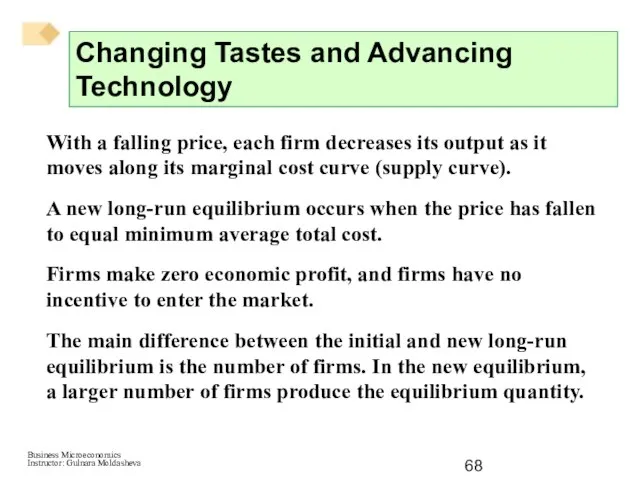
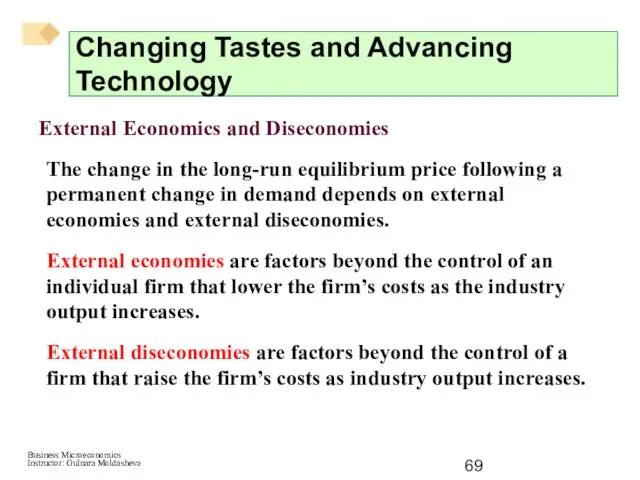
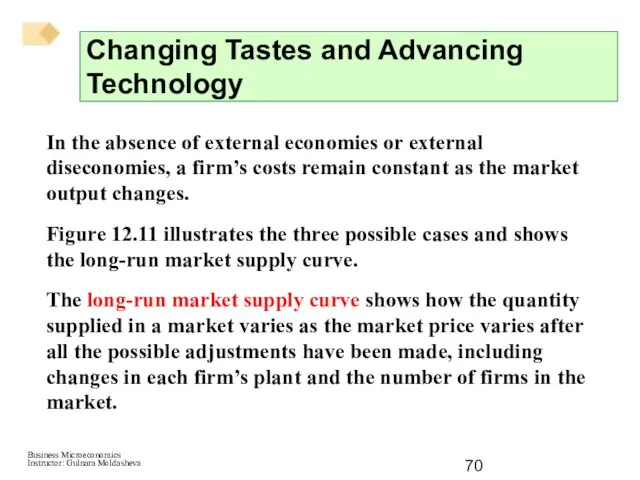
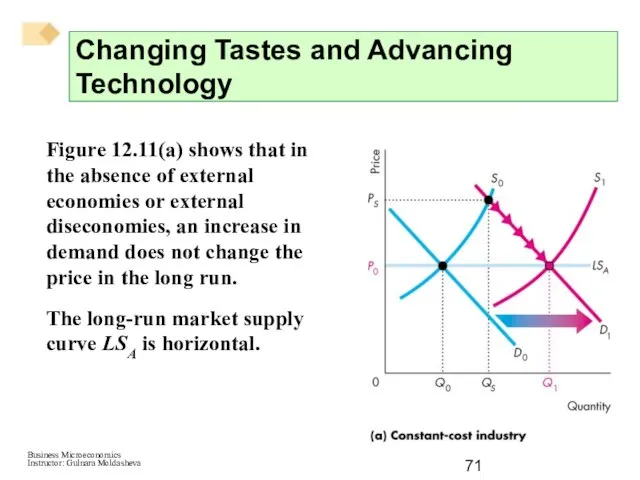
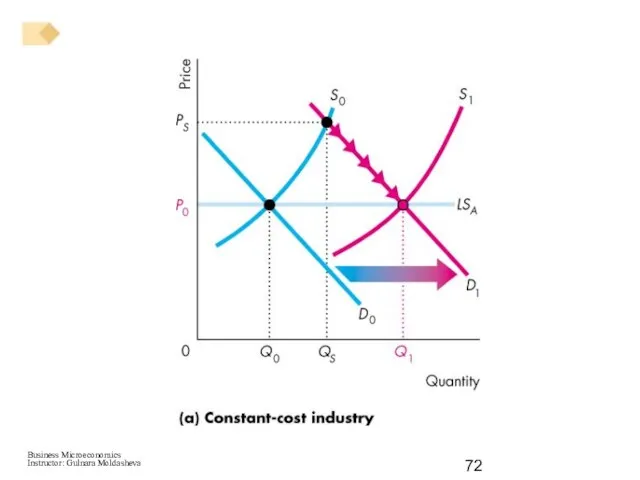
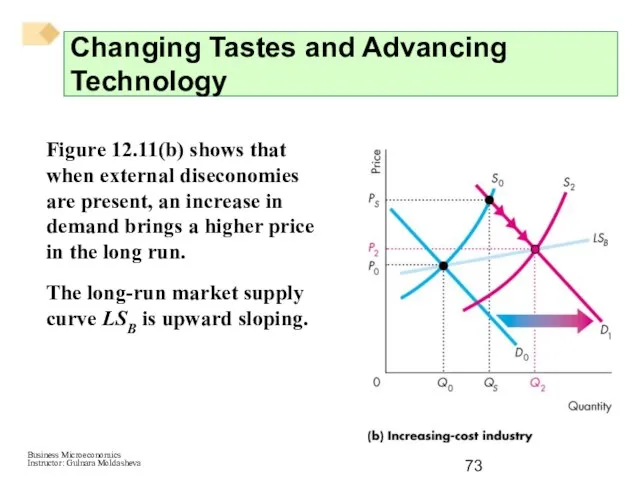
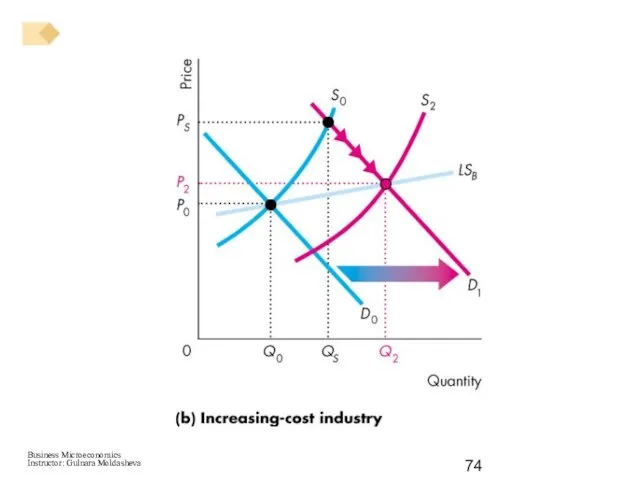
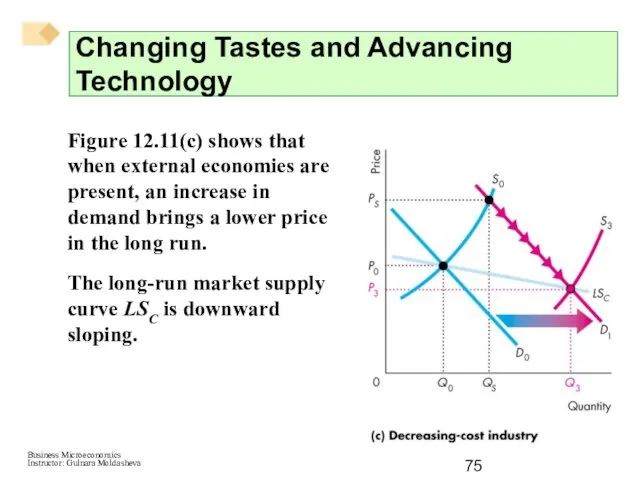
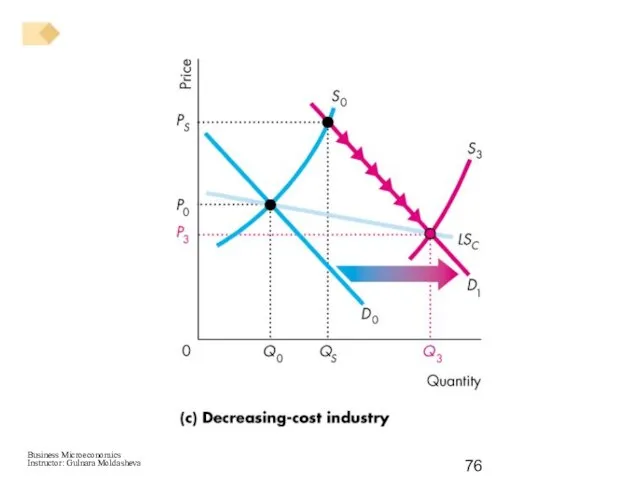
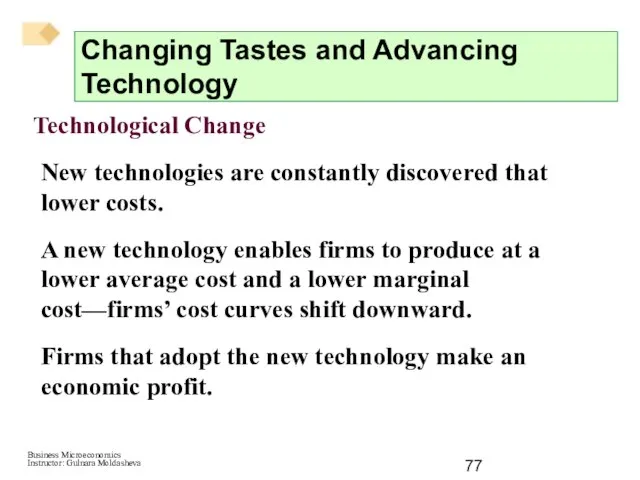
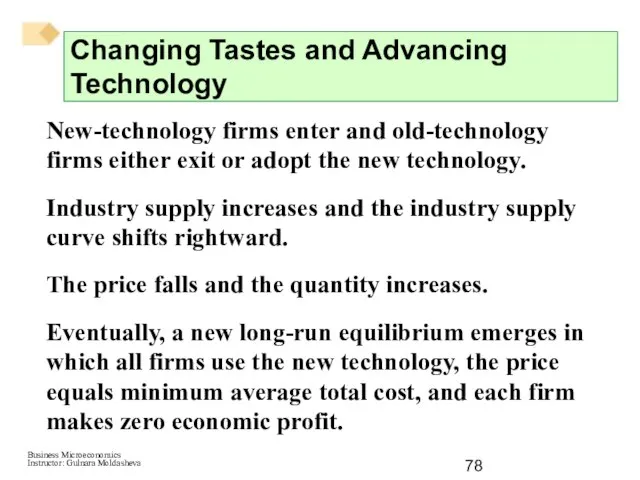
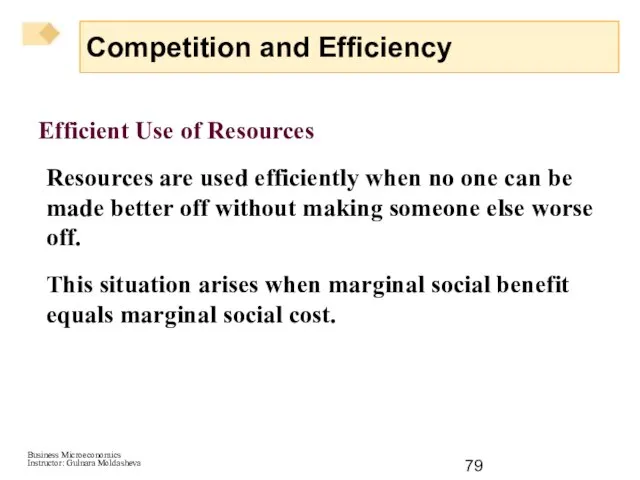
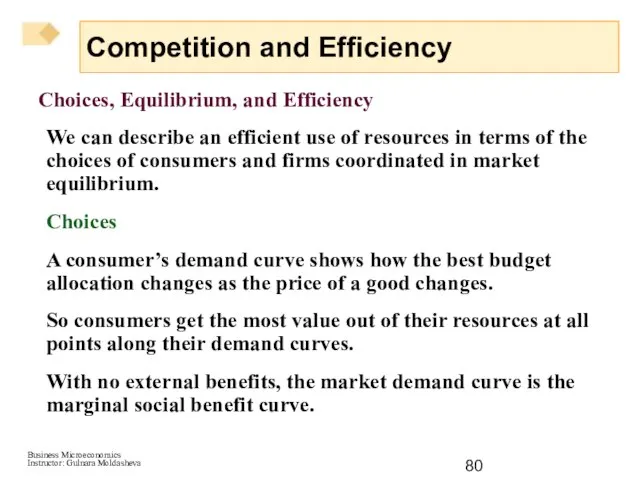
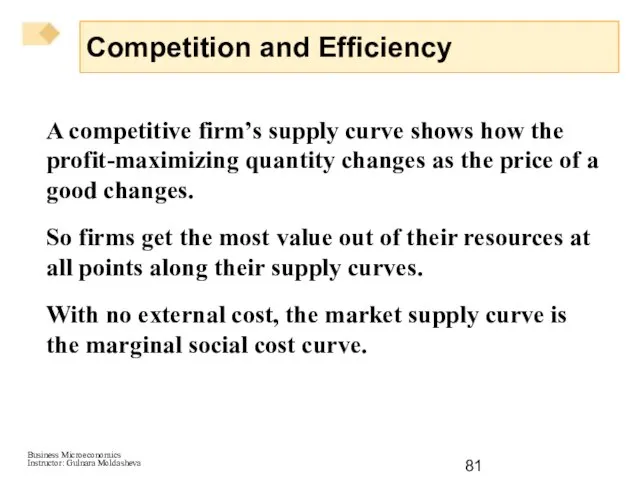
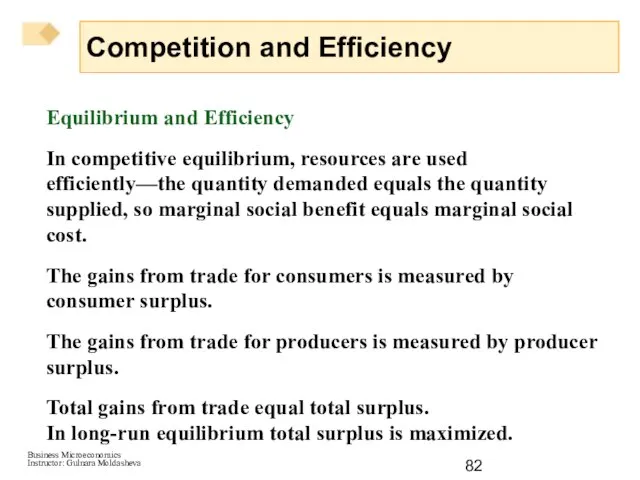
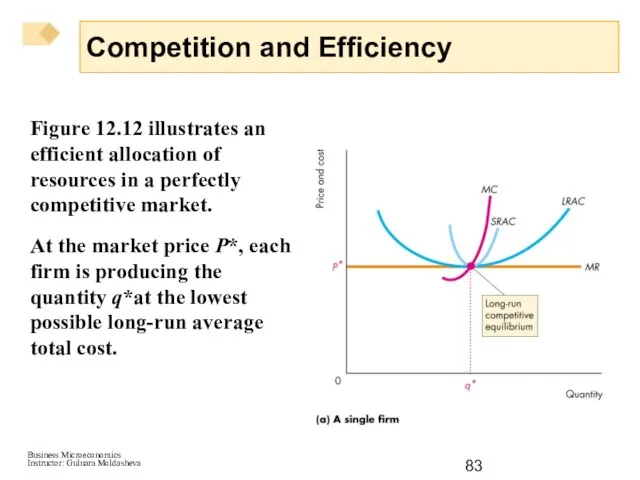
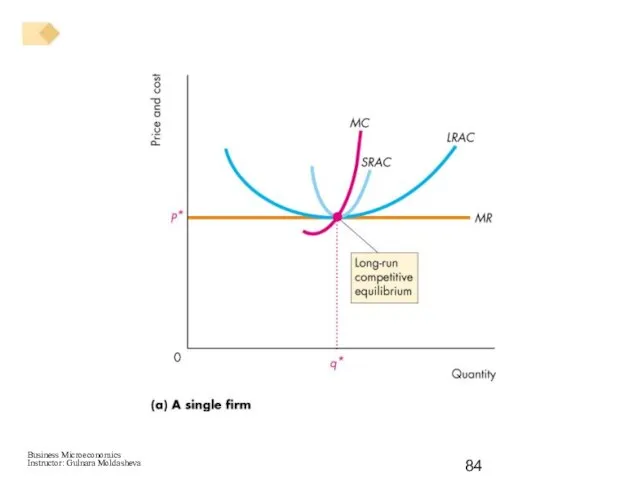
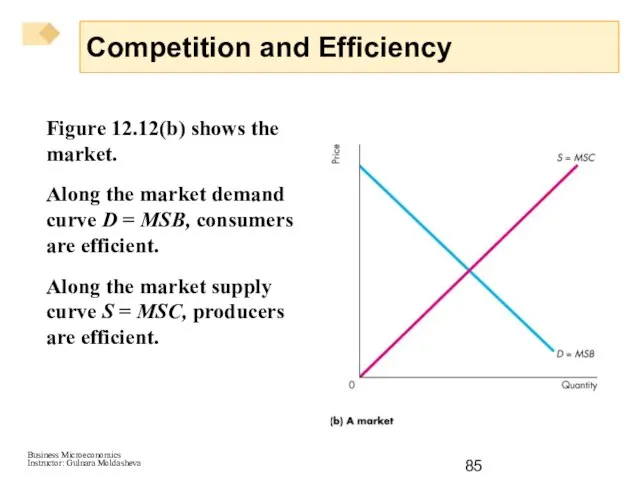
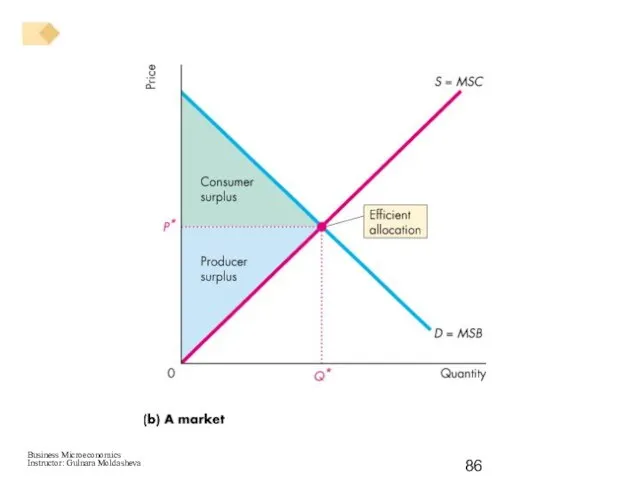
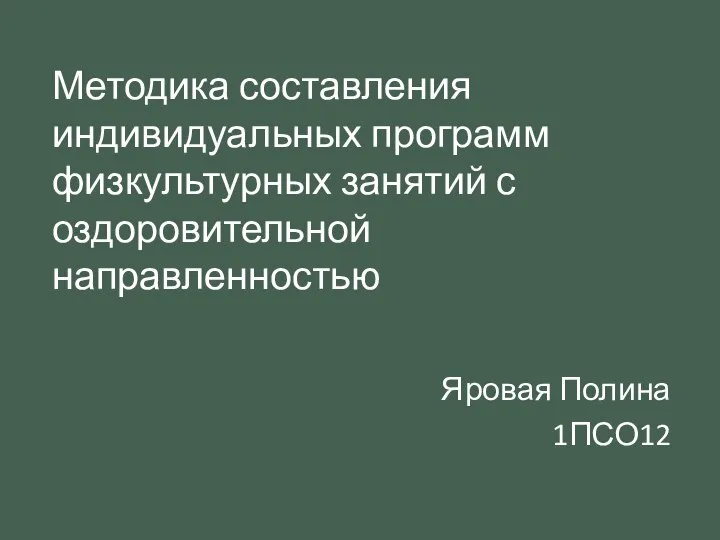 методика составления индивидуальных программ физкультурных занятий с оздоровительной направленностью
методика составления индивидуальных программ физкультурных занятий с оздоровительной направленностью Общий менеджмент
Общий менеджмент Презентация на тему Сенегал
Презентация на тему Сенегал Homework 8. Задание. Пополнение пластиковой карты
Homework 8. Задание. Пополнение пластиковой карты Правовые нормы
Правовые нормы Ellu fab asia ecopacing jv llc
Ellu fab asia ecopacing jv llc Лес и его обитатели
Лес и его обитатели Гибкость как физическое качество и методика её развития
Гибкость как физическое качество и методика её развития История Нового года
История Нового года Естествознание 6 класс 6.1B Вселенная. Земля. Человек. Сферы Земли и их составляющие Презентация
Естествознание 6 класс 6.1B Вселенная. Земля. Человек. Сферы Земли и их составляющие Презентация Северная жемчужина России Карелия
Северная жемчужина России Карелия Windows Server 2008 R2: Dynamic Memory Андрей Бешков Эксперт по ИТ-инфраструктуре, Майкрософт Россия http://blogs.technet.com/abeshkov http://twitter.com/abeshkov abeshkov@microsof
Windows Server 2008 R2: Dynamic Memory Андрей Бешков Эксперт по ИТ-инфраструктуре, Майкрософт Россия http://blogs.technet.com/abeshkov http://twitter.com/abeshkov abeshkov@microsof Форма посылки
Форма посылки Критическое мышление
Критическое мышление Vente d une propriete en Nouvelle Caledonie
Vente d une propriete en Nouvelle Caledonie Невскому району – 90 лет
Невскому району – 90 лет «MITSUBISHII HEAVY INDUSTRIES» Теперь в Казахстане.
«MITSUBISHII HEAVY INDUSTRIES» Теперь в Казахстане. Школа взаимодействия 2010
Школа взаимодействия 2010 Автоматизация звука Р в словах и предложениях
Автоматизация звука Р в словах и предложениях  Сборы на базе спортивного кластера Кировец-Восхождение
Сборы на базе спортивного кластера Кировец-Восхождение Политическая система
Политическая система Презентация на тему Нахождение части от целого и целого по его части
Презентация на тему Нахождение части от целого и целого по его части Иммунопатология
Иммунопатология Государственное краевое образовательное учреждение для детей-сирот и детей, оставшихся без попечения родителей «Детский дом» г. К
Государственное краевое образовательное учреждение для детей-сирот и детей, оставшихся без попечения родителей «Детский дом» г. К Семинар для педагогов по теме: «Психологическое здоровье школьников»
Семинар для педагогов по теме: «Психологическое здоровье школьников» Формы культуры
Формы культуры Поход на косу Обиточную
Поход на косу Обиточную Презентация на тему Векторы
Презентация на тему Векторы